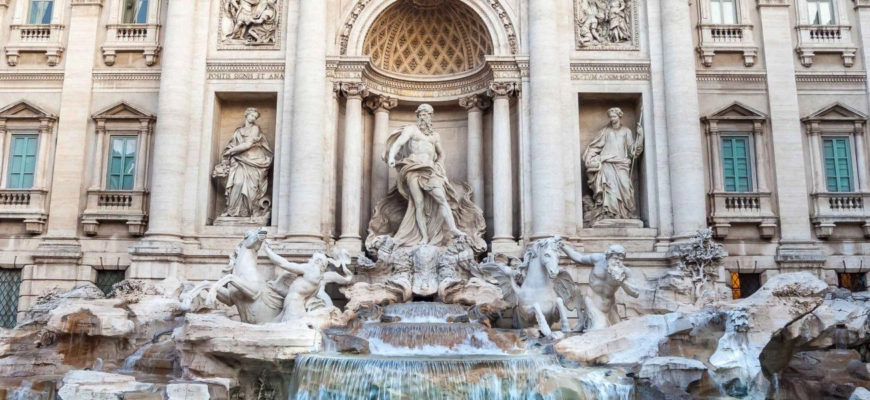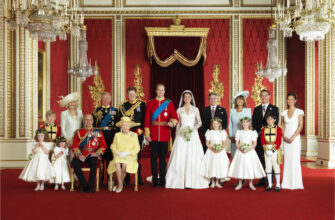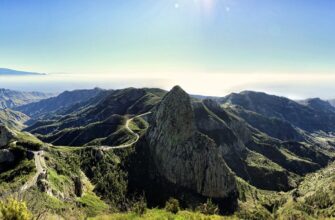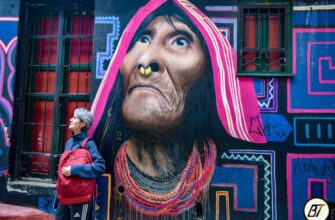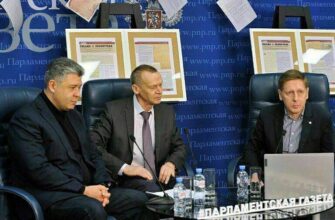This incredible country was made for creativity. It has given the world great architects, painters and sculptors, directors, actors, singers and composers, writers and inventors. Italy is synonymous with dolce vita and amore, pizza, spaghetti, expensive wine, delicious coffee, high fashion, sun and sea, incredible music that warms our hearts, warm-hearted, hospitable and irrepressible Italians.
Geography of Italy:
It was only with the rise of the Roman Empire that the history of Italy first became unusual and fascinating. Before this people lived according to the standard «primordial» scenario: farmers gradually displaced hunters and gatherers, and individual ancestral communities formed into tribes.
The fragmentation of these tribal groups was due, on the one hand, to their diversity and, on the other, to the absence of physical, economic and political clustering at the time.
Moreover, in the case of Italy, geography also played an important role. There are many mountains and hills and very few plains and river valleys in present-day Italy.
Italy occupies the Apennine and a small part of the Balkan Peninsula, the Padana Lowland and the southern slopes of the Alps, the highest and longest mountain range in Western Europe.
It comprises several islands, the largest of which are the autonomous regions of Sicily and Sardinia. The borders of Italy are surrounded by the two independent enclaved states of San Marino and the Vatican, the latter being located within Rome and having 13 extraterritorial facilities in the city and Castel Gandolfo.
In addition, many valleys in Italy have steep slopes, and due to the presence of rivers and accumulations of meltwater and rainwater, crossing them was extremely difficult until modern bridges were built. The navigability of the valleys thus depended heavily on the seasons. Occasionally there were big floods, like during the Arno floods of 1740 and 1966 when Florence suffered irreparable damage.
Back in time:
The history of a few countries can be compared to that of Italy.
Modern humans settled in Italy about 40,000 years ago. Before the Romans there were Umbrians, Latins, Samnites, Celts and many other tribes.
Ancient Rome was originally a small agricultural community that emerged in the 8th century BC, but it gradually spread its influence to distant lands, resulting in a vast empire that spanned the Mediterranean Sea. In the Ancient Roman Empire Greek and Roman culture were united into a single civilisation.
In the 2nd century A.D. the Roman Empire began to disintegrate. And in 395 it split into the Western Roman Empire and the Eastern Roman Empire. Italy was eventually conquered by the Franks, Vandals, Huns, Goths and other barbarians.
Thomas Cole. “The Fall of the Empire”. 1837 Source: Gazeta.ru
In the 6th century A.D. The Emperor of the Eastern Roman Empire regained Rome and Italy from the barbarians, but the Germanic tribes were able to establish themselves in the north of the country.
At the end of the 8th century A.D. part of the territory of Italy became part of the kingdom of Emperor Charlemagne. The Frankish kings helped to form the Papal States of Central Italy, which belonged to the Popes of Rome.
Some historians believe that it was precisely because of the existence of the Papal States that Italy was divided into feudal city-states for many centuries. During the Napoleonic Wars, some Italian lands were annexed to France, and the Kingdom of Italy was established on the remaining territory.
On 17 March 1961, after the Italian army led by Giuseppe Garibaldi, a united Kingdom of Italy was proclaimed. It was only after 1866 that Venice was annexed to the Kingdom of Italy.During the First World War, Italy sided with the Allies, killing more than 650,000 Italian soldiers on the battlefield.
During this period the Italian maritime republics – Venice, Pisa, Genoa and Amalfi – began to flourish. Very soon Venice and Genoa became the main traders in Europe with the East, thus increasing their wealth and power. Florence became the European capital of silk, wool, jewelry and banks.
Benito Mussolini came to power in the late 1920s. Italy occupied Albania in 1939 and fought on the side of Germany and Japan during the Second World War. In September 1943, Italy capitulated.
Italy did not become a republic until 1946, and in 1949 it was incorporated into the NATO military bloc. In 1957, Italy became a founding member of the European Economic Union, which later became the European Union.
Throughout its history, Italy has made a name for itself in many cultural fields. The country has given the world great men: Antonio Vivaldi, Giovanni Boccaccio, Francesco Petrarca, Giuseppe Verdi, Leonardo da Vinci, Raphael Santi, Piero della Francesco and many others.
The city goes to sleep, the Mafia awakens
Nothing is more associated with Italy than the Mafia. Many historians who study the history of the Mafia believe that the first such organization was created in the seventeenth century. At that time, many secret societies emerged to fight the Holy Roman Empire.
Others believe that the origins of the Mafia as a mass phenomenon should be sought from the Bourbon throne. Because it was they who used the services of untrustworthy individuals and brigands, who did not demand large rewards for their work, in order to patrol the criminal parts of the cities.
A third and no less common hypothesis points to the “Gabelloti” organization, which acted as a kind of mediator between peasants and people who owned any land. Representatives of this organization were also obliged to collect tribute.
What does the word “Mafia” mean?
During the uprising that broke out in Sicily and went down in history as the Sicilian Vespers, the slogan “Morte alla Francia, Italia anela!”, meaning “Death to France, sigh, Italy!” was born. The first letters of this slogan make up the word “MAFIA”.
The Godfather. Source: Pinterest
“You can have the whole world, but leave me Italy” – Giuseppe Verdi.
